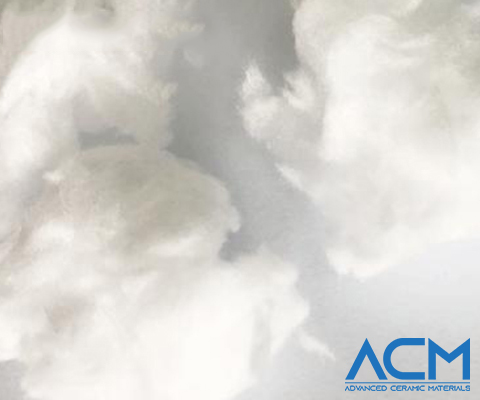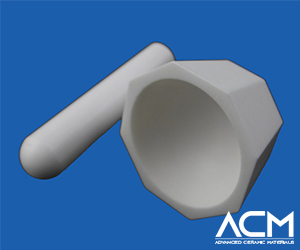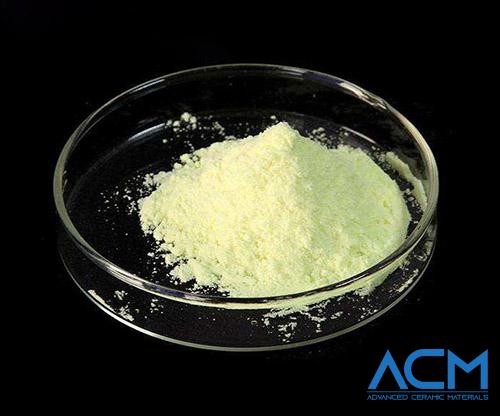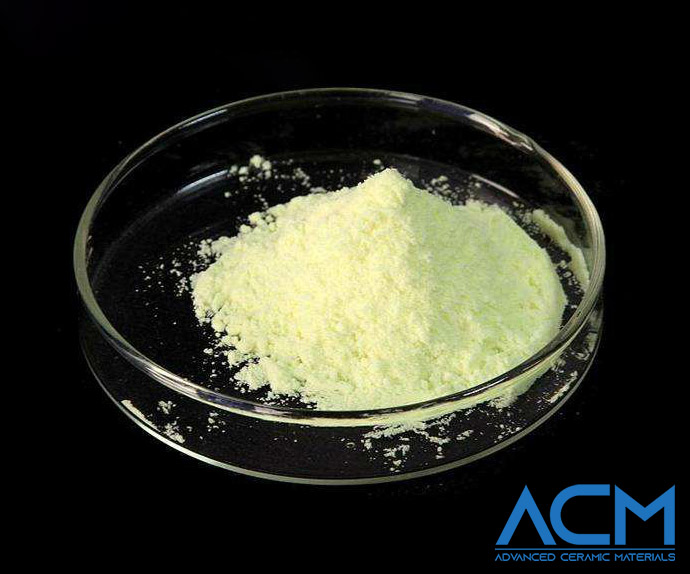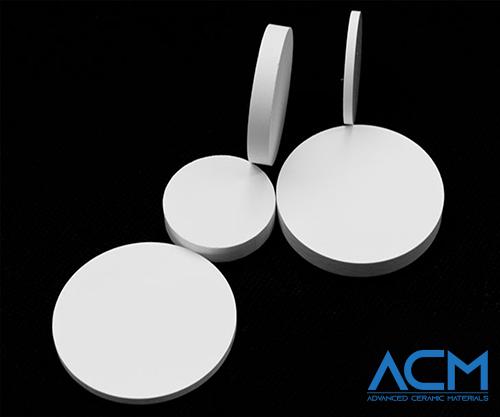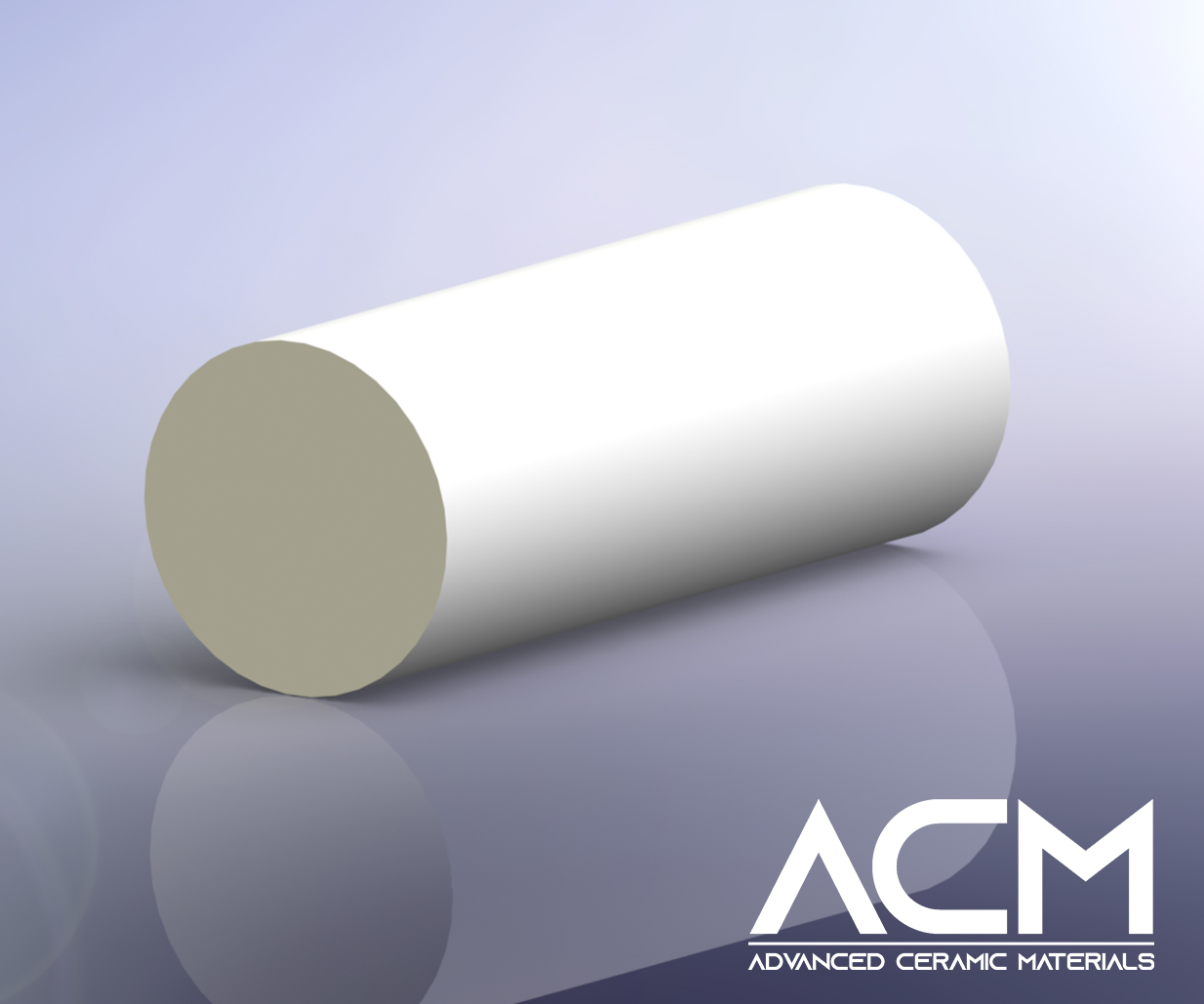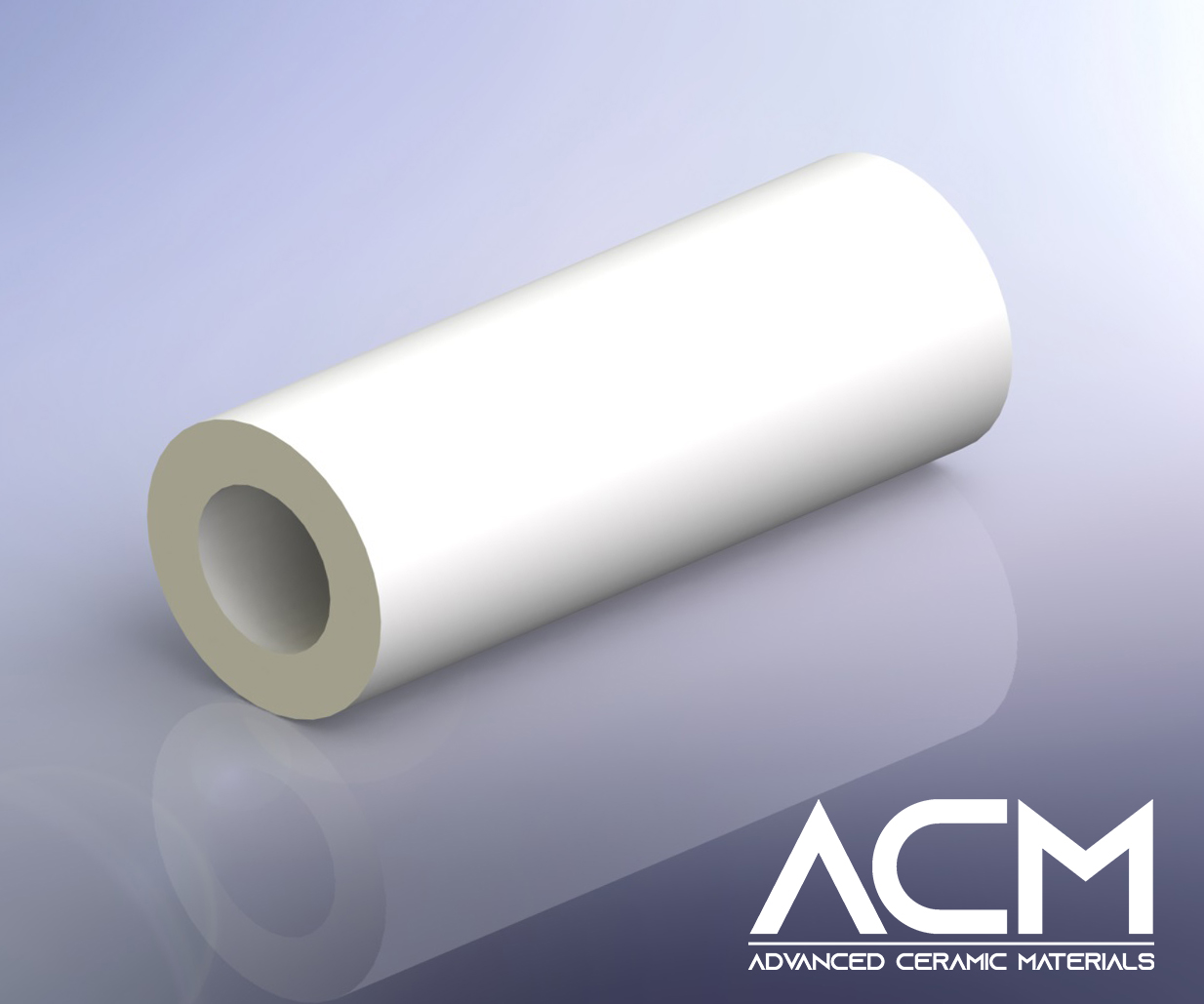ZR3119 Zirconia Fiber, ZrO2
- Catalog No. ZR3119
- Compositions ZrO2+Y2O3
- Fiber diameter 3-6 um
- Color White
- Purity 85% ZrO2; 99.5% ZrO2+Y2O3
Datasheet
Inquiry
ZR3119 Zirconia Fiber, ZrO2
Zirconia Fiber (ZrO2 Ceramic Fiber) Description
Zirconia Fiber has high-temperature strength, high resistance against chemical agents, and low thermal conductivity. Its production method is intricate. The thicker zirconia colloid is created using the high-tech "colloid method," spun into a fibrous embryo body, and then changed into zirconia polycrystalline fiber using a combination of dehydration, drying, medium- and high-temperature heat treatment, among other procedures. It has a 99.5% ZrO2+Y2O3 chemical composition, a classification temperature of up to 2200°C, a melting point of up to 2715°C, a fiber diameter of 3-6um, a monofilament length of 10-150mm, and a white, smooth, soft, elastic look.
Zirconia Fiber Specifications
| Composition | ZrO2+Y2O3 |
| Fiber Dia | 3-6 um |
| Melting Point | 2715℃ |
| Appearance | white, smooth, soft, elastic |
| Bulk density | 80 kg/m3 |
Zirconia Fiber Features
- Zirconia fiber can withstand temperatures as high as 2200°C. It can keep the integrity of the fiber shape even at 2500°C.
- It is effectively resistant to corrosion. ZrO2 is clearly more resistant to acid and alkali corrosion than SiO2 and Al2O3.
- At high temperatures, it is not volatile and free of pollutants. ZrO2 is chemically inert and has the lowest vapor pressure of any metal oxide at high temperatures. At high temperatures, it is not volatile and free of pollutants.
Zirconia Fiber Applications
- It serves as a ceramic matrix composite reinforcing material and an ultra-high temperature heat insulation protection material. It is employed in nuclear energy, aircraft, and other important technical industries.
- ZrO2 fiber is used to create ultra-high temperature industrial furnaces that operate between 1500 and 2200 degrees Celsius, as well as other ultra-high temperature heating equipment. It is utilized in a variety of industrial and scholarly research domains, including crystal growth, experimental research, semiconductor production, metal smelting, high-temperature decomposition, ceramic sintering, and many others.
- It serves as a high-temperature reaction catalyst carrier as well as a high-temperature filter material. It is utilized for high-temperature liquid or gas filtration, contaminant removal, catalyst creation for high-temperature chemical reactions, etc.
Zirconia Fiber Packing
Our Zirconia Fiber (ZrO2 Ceramic Fiber) is carefully handled during storage and transportation to preserve the quality of our product in its original condition.
Request a Quote
-
Attachment (Optional)
No file chosen









